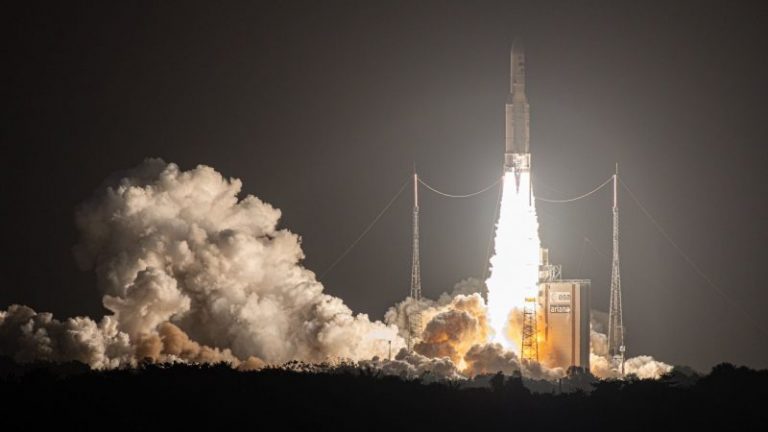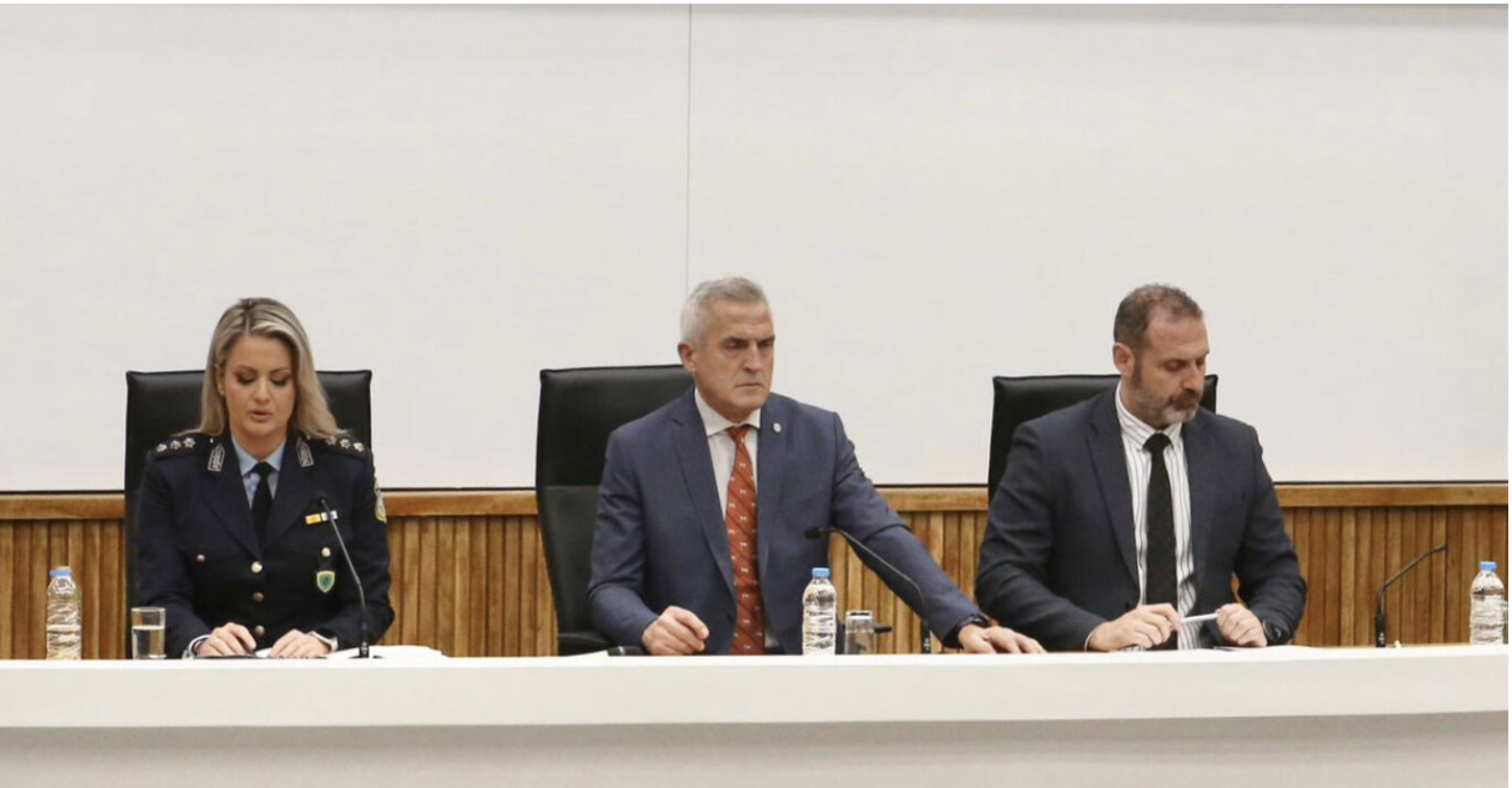The European Space Agency (ESA) will enjoy a budget of €14.4 billion over the next five years, after the agency’s 22 member states agreed on Thursday (28 November) to increase funding for space exploration.
The larger budget will be earmarked for putting the first space station in orbit around the moon, with the aim of putting European astronauts on the lunar surface for the first time, as well as an anti-asteroid system, 5G satellites and a black-hole mission.
Germany is now the largest financial contributor to ESA’s coffers, with €3.3 billion, while France and Italy provide roughly 20% and 15% of the budget, respectively. The UK, which will remain a member even after Brexit, also made a significant contribution.
ESA Director-General Jan Wörner said at a conference in Seville that “it’s a real surprise, it’s more than I proposed, I’m very happy.” Earlier in the week, Wörner had asked for a 10% increase to the agency’s budget.
Member states even decided to allocate more money than requested to Copernicus, the ESA’s earth-observation satellite system, which has proved useful in recent months to help track floods and forest fires.
The program’s popularity is “driven by more awareness of [climate-related] catastrophes and disasters,” Wörner acknowledged.
The ESA boss also announced that his agency will look into launching a mission to retrieve defunct satellites, in order to prevent them from becoming potential hazards and to create room for fresh eyes in the sky.
“We have something like 4,500 satellites in orbit – only 1,500 are active, meaning 3,000 are dead: a very big danger,” Wörner said.
“Therefore we are proposing a mission where we bring down some ESA-owned asset which is still flying around the Earth. And at the same time we would also demonstrate that it’s possible to avoid future space debris by doing some direct de-orbiting,” he added.
Read more: euractiv
Ask me anything
Explore related questions





